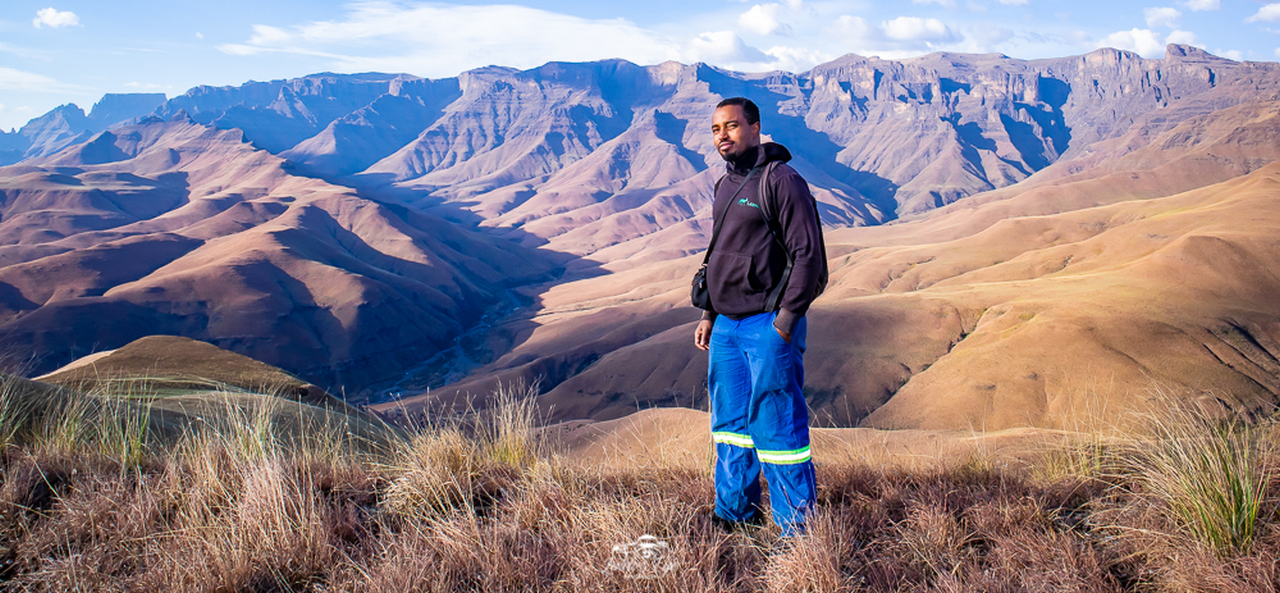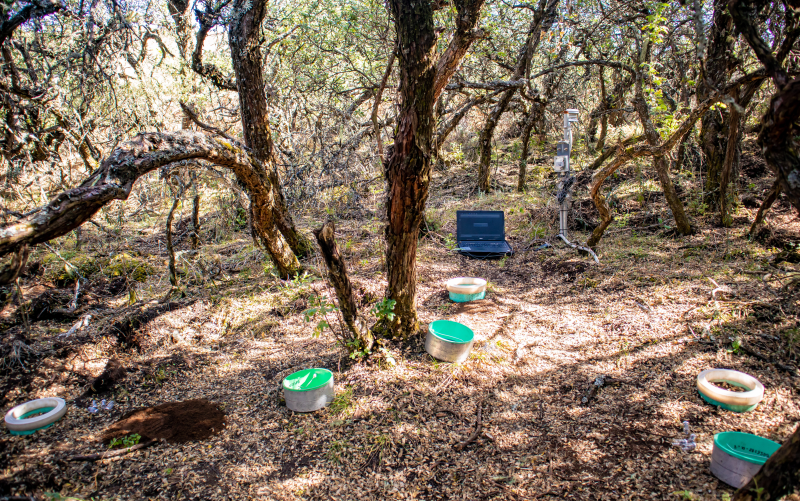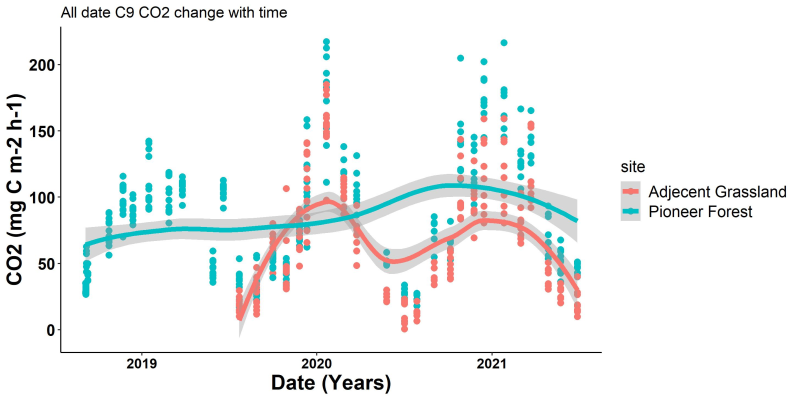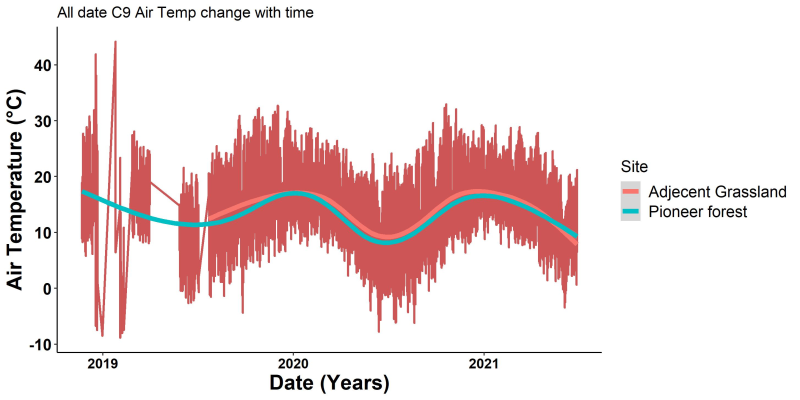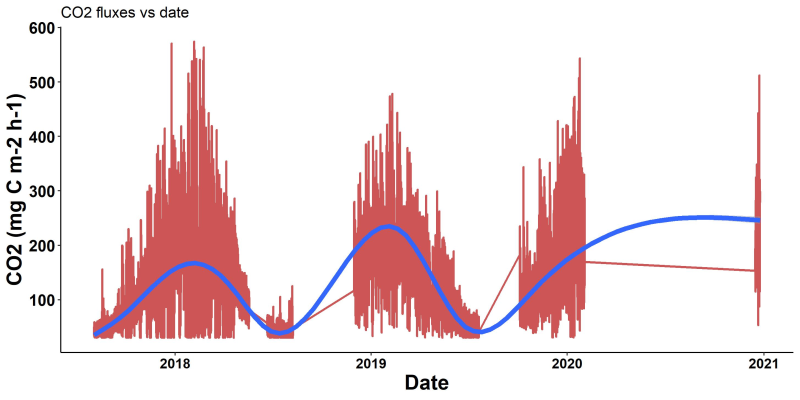For my PhD, I set out to provide much needed data points in southern hemisphere grassy systems on temporal and spatial soil CO2 flux. This work will provide detailed data on soil carbon composition and dynamics under several experimental treatments, elucidate on mechanisms driving soil carbon storage in grassy systems, as well as guide restoration work and contribute to climate change adaptation strategy.
During this time, I became involved with the SAEON Graduate Student Network and came to realise the importance of sharing my research experiences with fellow students. With the fieldwork component of my work now complete, I reflect on the journey thus far and offer some teaser results.
To do science is to search for patterns and understanding, not simply to accumulate facts. For me this meant month-to-month visits to remote locations in the most beautiful mountains in KwaZulu-Natal for almost three years. Conducting research in such locations, however beautiful, can be challenging if you are going at it alone and the PhD process itself can be lonely, hard and emotionally draining. Add to this the misery, uncertainty and rules that came with the pandemic and the challenges can seem insurmountable.
Benefits of the SAEON platform
I have learned that a strong support system, personal passion and commitment are crucial in undertaking a PhD and doing long-term field-based research. SAEON is an enabler, and it is indeed a privilege to have had so much support and equipment to undertake such exciting research in some of the most remote, yet breathtaking, montane grasslands. By being part of a team and harnessing the benefits of the SAEON platform, I was able to enjoy my field research and pause from time to time to take in the stunning scenery.
My PhD work (see here) focuses on soil carbon dynamics of fire-prone grasslands in Cathedral Peak. I am interested in two aspects: 1) Carbon release (soil respiration or soil carbon dioxide [CO2] flux using a monthly manual method and a continuous long-term LI-8100A Automated Soil Gas Flux System owned by SAEON); and 2) Carbon storage through quantifying current carbon stocks in an entire catchment at different soil depths and within different aggregate sizes, as well as carbon isotopic signatures to understand the contribution from C3 trees and C4 grasses. My work thus required monthly week-long visits to sites to take measurements, check equipment and get a long-term time series of repeated measurements through the seasons.

